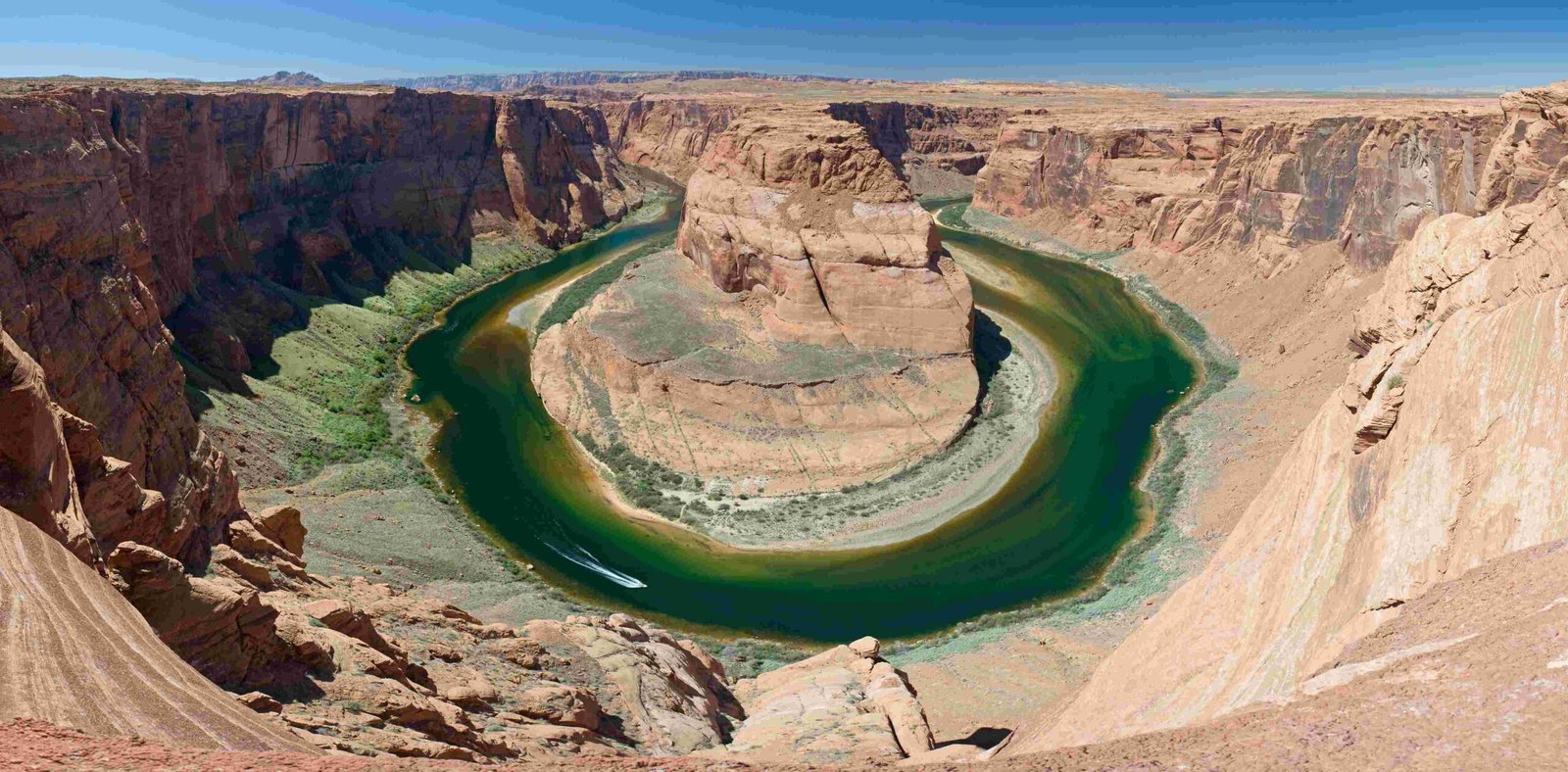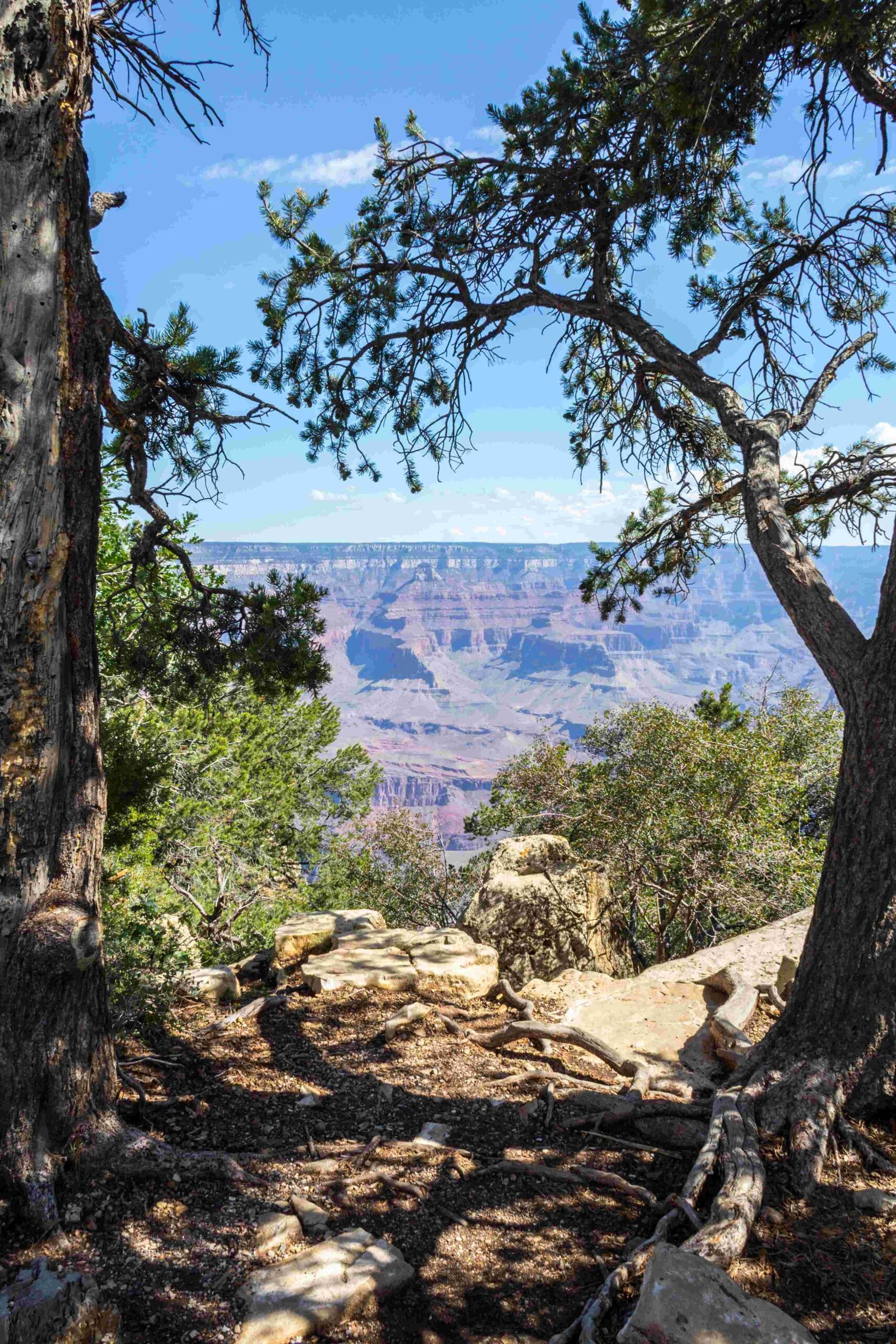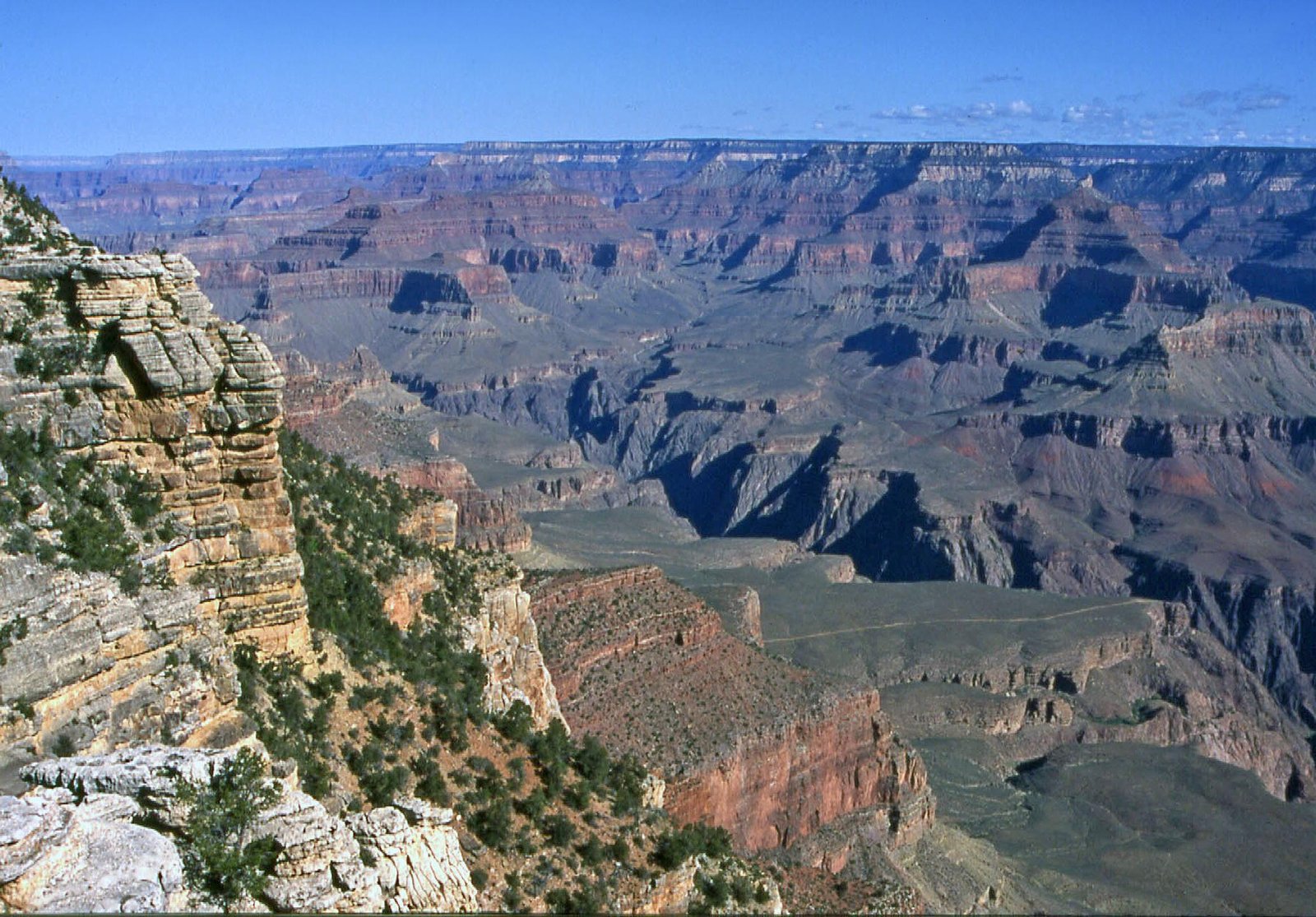Lake Mead, situated near the Grand Canyon, represents a remarkable desert reservoir created by the Hoover Dam, offering visitors an extraordinary blend of natural beauty, recreational activities, and geological significance. Spanning across Nevada and Arizona, this massive water body provides critical water resources, hydroelectric power, and serves as a premier destination for outdoor enthusiasts seeking diverse experiences in a stunning southwestern landscape.
What Makes Grand Canyon Lake Mead Unique?

Grand Canyon Lake Mead is more than just a water reservoir – it’s a complex ecosystem and recreational paradise that attracts millions of visitors annually. The area offers an unparalleled combination of natural beauty, historical significance, and outdoor adventure opportunities.
How Large is Lake Mead?
| Statistic | Details |
|---|---|
| Total Capacity | 28.5 million acre-feet |
| Surface Area | 247 square miles |
| Maximum Depth | 532 feet |
| Created | 1936 by Hoover Dam |
What Recreational Activities Can Visitors Enjoy?
Visitors to Grand Canyon Lake Mead can experience a wide range of activities:
- Boat Tours
- 90-120 minute cruises
- Multiple tour options (sightseeing, brunch, dinner)
-
Paddlewheel boat experiences
-
Fishing Opportunities
- Largemouth and smallmouth bass
- Catfish
- Trout
-
Crappie
-
Hiking Trails
- River Mountain Loop Trail (30 miles)
- Historic Railroad Trail (7.5 miles)
- Scenic desert landscapes
Where Can Visitors Camp?
Camping options around Lake Mead include:
- Boulder Harbor Campground
- Lake Mead RV Village
- Dispersed camping areas
- Full-service RV sites
- Primitive camping locations
What Wildlife Exists in the Region?
The Grand Canyon Lake Mead area hosts diverse wildlife, including:
- Bighorn sheep
- Coyotes
- Various desert reptiles
- Numerous bird species
- Small desert mammals
How to Prepare for a Visit?
Essential preparation tips include:
- Obtain necessary fishing licenses
- Check current water levels
- Bring sun protection
- Carry sufficient water
- Pack appropriate hiking gear
- Review current park regulations
Expert Tips for Maximizing Your Experience

Experienced travelers recommend:
– Visit during spring or fall for moderate temperatures
– Book boat tours in advance
– Bring binoculars for wildlife viewing
– Consider guided tours for in-depth exploration
– Check water safety conditions before water activities
Conservation and Environmental Considerations
Lake Mead faces significant environmental challenges, including:
– Ongoing drought conditions
– Water level fluctuations
– Climate change impacts
– Ecosystem preservation efforts
Practical Visitor Information
Best Time to Visit:
– March to May
– September to November
Entry Fees:
– Vehicle: $25
– Motorcycle: $15
– Individual (walking/cycling): $15
Contact Information:
– Lake Mead National Recreation Area
– Phone: (702) 293-8990
– Website: www.nps.gov/lake
Final Recommendations
Grand Canyon Lake Mead offers an extraordinary blend of natural beauty, recreational opportunities, and historical significance. Whether you’re interested in boating, fishing, hiking, or simply enjoying breathtaking desert landscapes, this destination promises an unforgettable experience.

